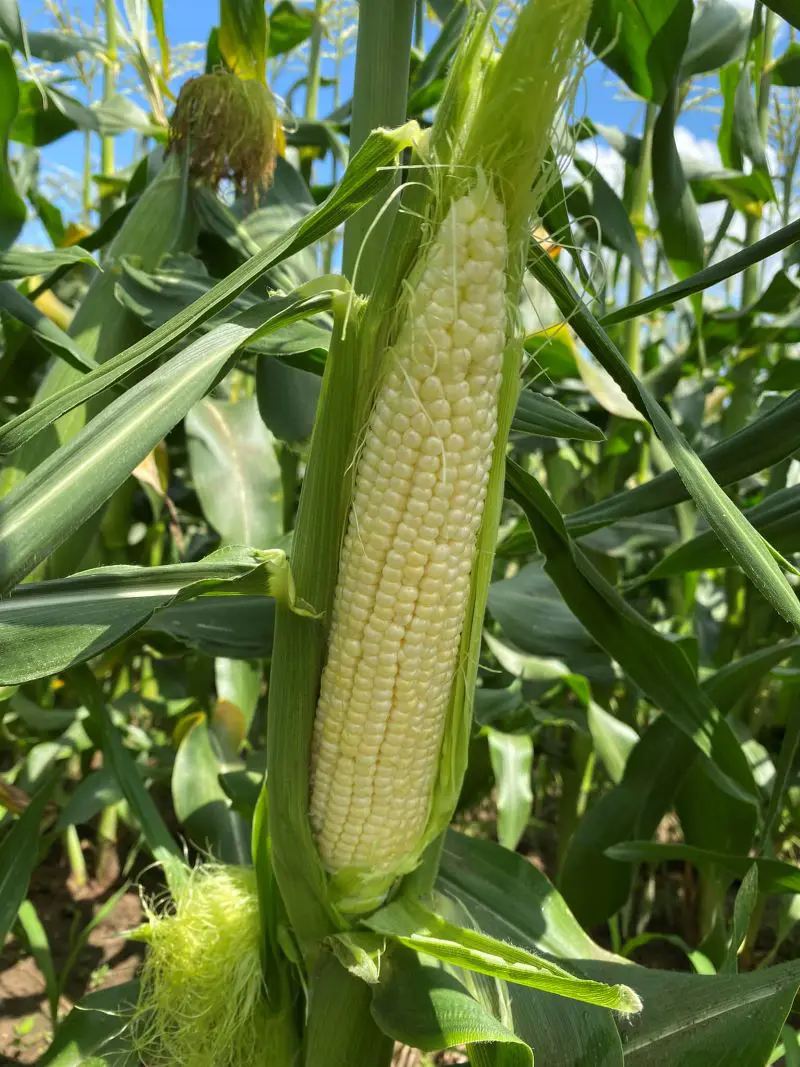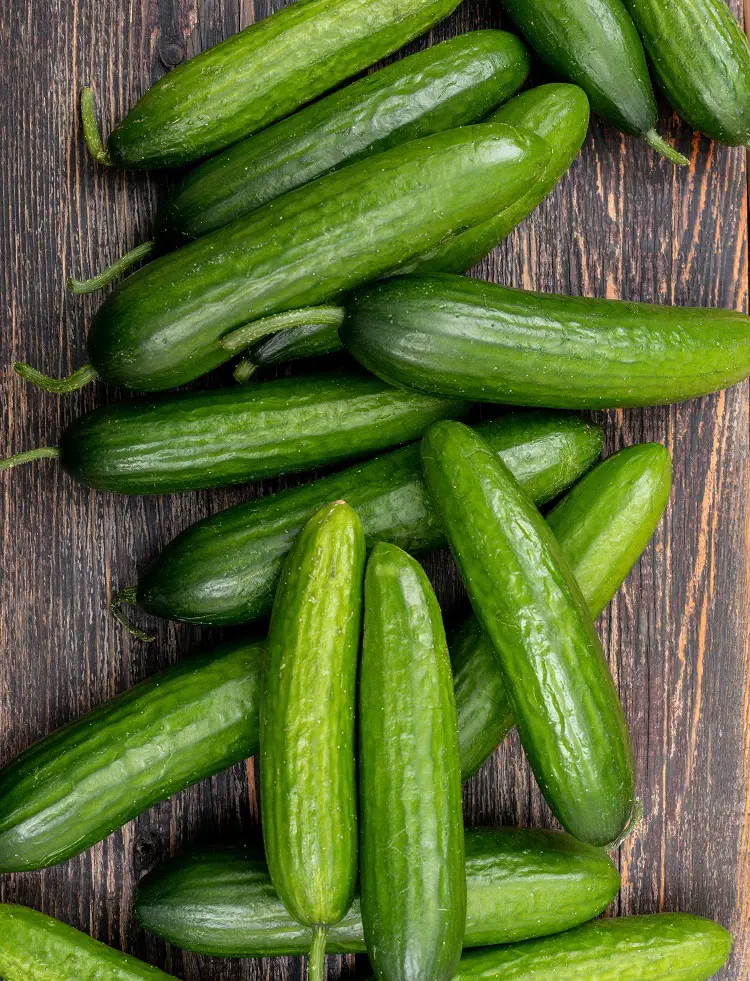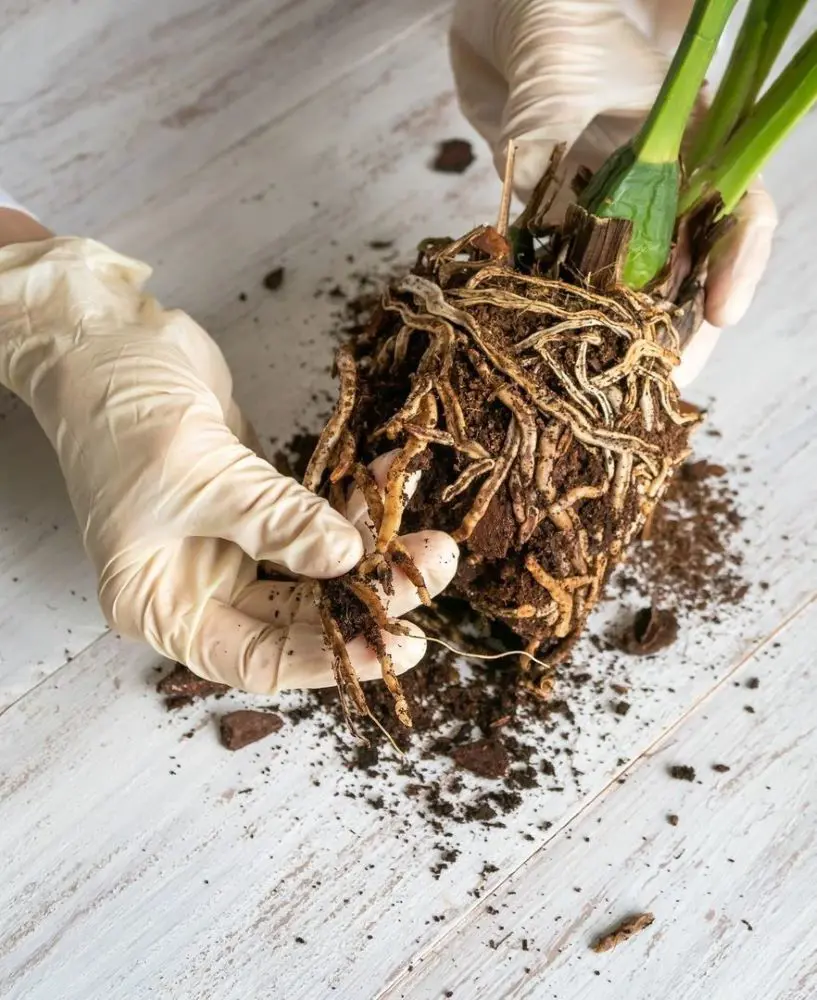How To Grow Mint With These Easy Steps

This post may contain affiliate links. If you make a purchase through links on our site, we may earn a commission.
Are you a fan of fresh, aromatic mint in your dishes and drinks? Cultivating varieties of herbs, including mint, at home is easier than you think!
In this guide, we will explore the essential steps involved in ensuring a thriving mint garden. Imagine having fresh mint at your fingertips, enriching flavors and serving numerous culinary purposes. Mint is truly a must-have!
Mint not only enhances the flavor of your meals but also adds a refreshing touch to your favorite beverages. With our straightforward instructions, cultivating this fragrant herb becomes a delightful experience. So, let's embark on this adventure and discover how simple and satisfying it is to grow your own mint at home!
1. Pick Your Mint
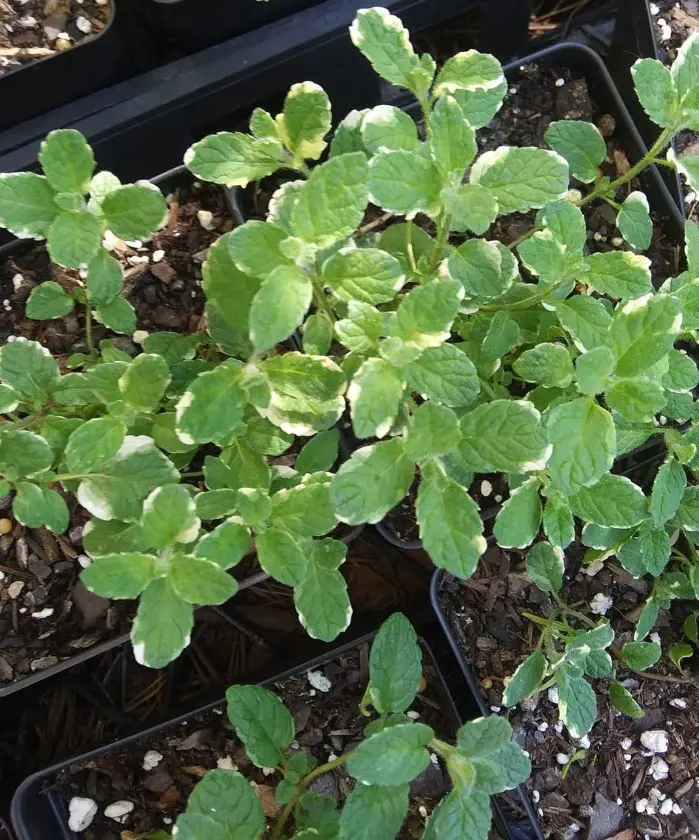
When it comes to selecting mint, you are in for a treat with a variety of options, each boasting its own unique flavors and aromas. The familiar choices, like spearmint and peppermint, bring that classic mintiness you might be used to. However, if you want to try something new, consider chocolate, orange, and apple mint.
Your choice of mint depends on your specific purpose. If you desire a bold flavor, peppermint is the way to go, while spearmint provides a milder touch. For those feeling a bit more curious, experiment with the fruity notes of chocolate, orange, or apple mint. Pick the mint that gives your food or drinks the taste you really want.
2. Choose Large Container
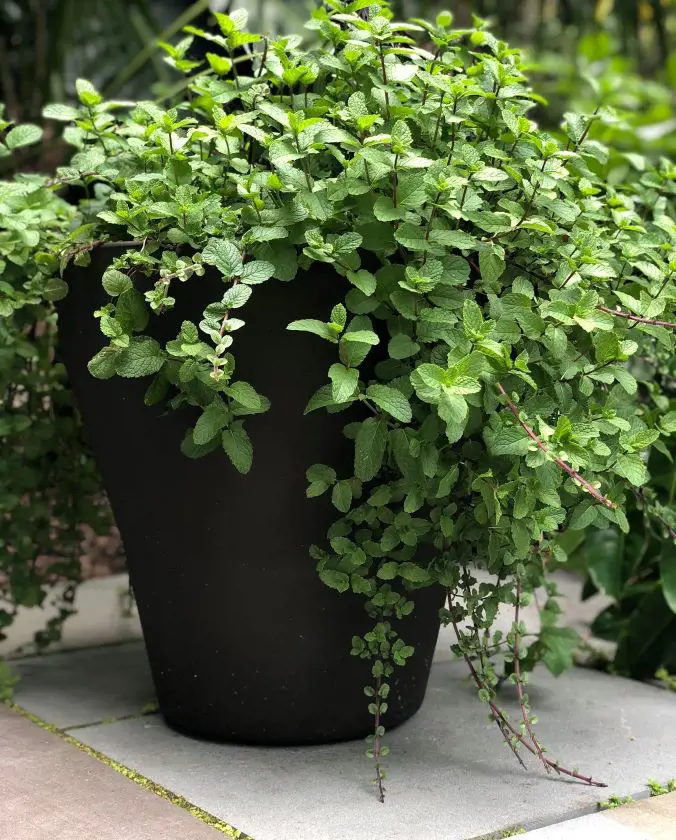
Mint is a plant that loves to stretch its roots and requires ample space to grow vigorously. So, if you are using a pot, make sure it's big enough. Normally, twelve inches across is a good size. Also, the container should have proper drainage to prevent waterlogging.
For those planting directly in the ground, choose a sunny spot that gets at least 6 hours of sunlight every day. Mint loves soaking up the sun's energy to grow well. Whether in a roomy pot or the open ground, providing it with both space and sunshine guarantees a thriving minty presence.
3. Prepare Soil

This herb favors well-draining soil, allowing water to flow through easily without pooling. To create this ideal soil, mix in compost or well-rotted manure, offering your plants a nutritious treat. This process keeps the soil loose and full of goodness, providing a comfortable space for the mint to prosper.
Moreover, aim for soil that's not too compact but just right, similar to preparing a well-ventilated space. This assures your mint receives the best conditions for growth, making it a healthy and flourishing addition to your garden.
4. Get Good Quality Mint Seeds Or Plants
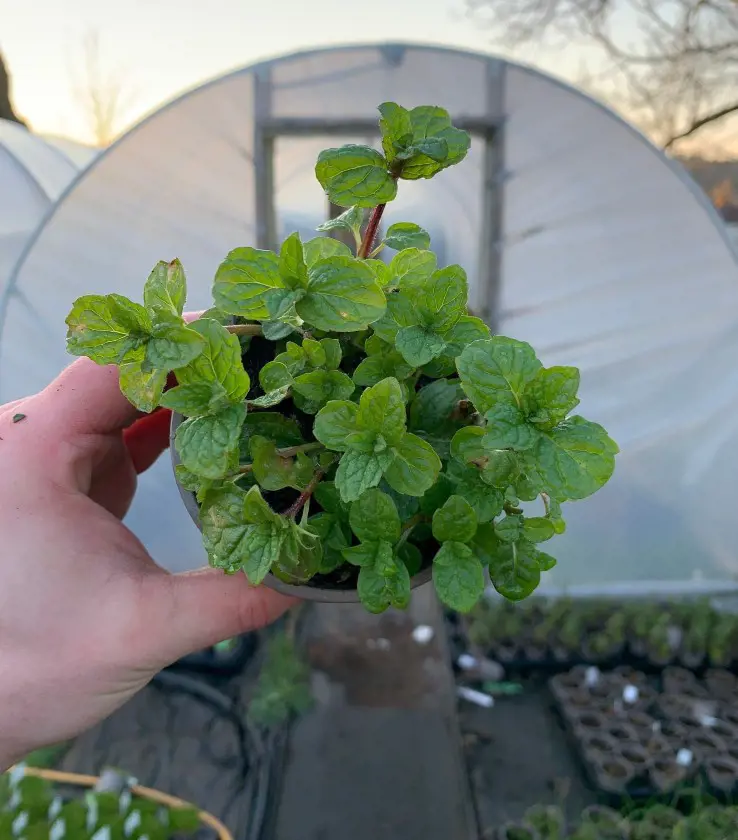
To grow mint successfully, start by acquiring good-quality mint seeds or small plants from a nursery. If you are beginning with seeds, make sure they are fresh and high quality. Then, plant them in well-draining soil, covering them lightly, and maintain consistent soil moisture until the seeds sprout.
On the other hand, you can opt for small mint plants from a nursery. But you need to confirm their health by checking for vibrant leaves. Transplant these plants into well-prepared soil, allowing sufficient space for growth. Ensure regular watering and provide adequate sunlight.
5. Plant With Space

When planting mint, it's important to give each plant enough physical space to grow. Mint tends to spread, so you want to make sure there is sufficient room between each plant. Avoiding planting them too close together further ensures enough space for their roots and leaves without competing for resources.
In practical terms, when placing mint plants in the soil, follow recommended spacing guidelines. This helps prevent overcrowding, allowing each mint plant to thrive independently, ensuring better air circulation, and reducing the risk of diseases.
6. Mulch Around Plants
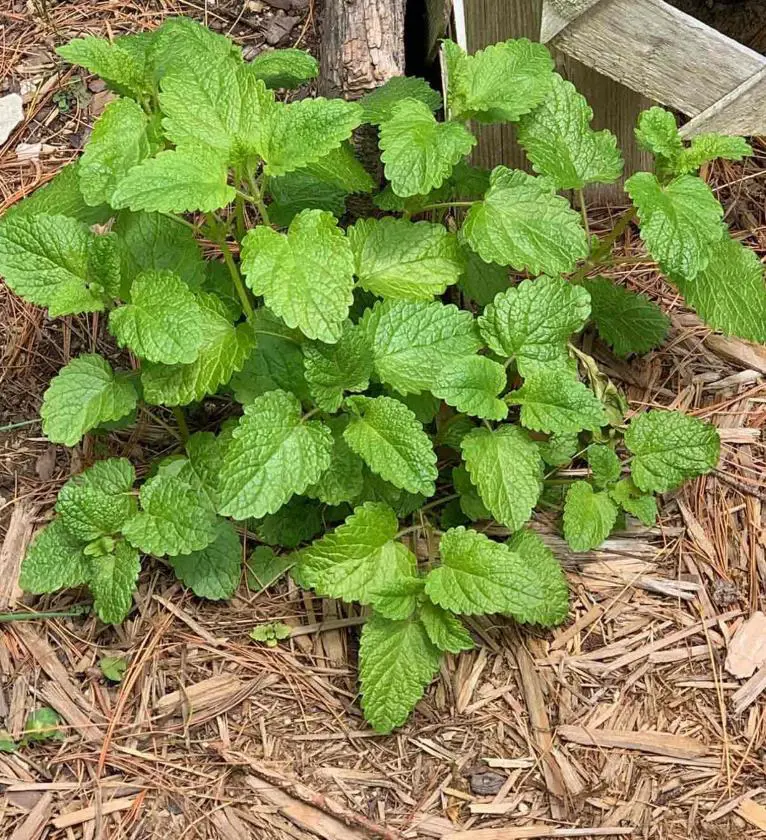
When you notice the soil is getting dry, especially during sunny days, that's the time to add mulch. Apply a layer of organic mulch, such as straw or compost, about 2-3 inches thick, around the base of the mint plants. This proactive step helps retain soil moisture, particularly beneficial in sunny conditions, for your herb to flourish.
This even helps your plant retain water, reducing the frequency of irrigation and promoting healthier growth. Additionally, mulch suppresses weed growth and regulates soil temperature. Regularly monitor the soil and adjust mulching as needed to ensure optimal conditions for your mint to thrive.
7. Water Well
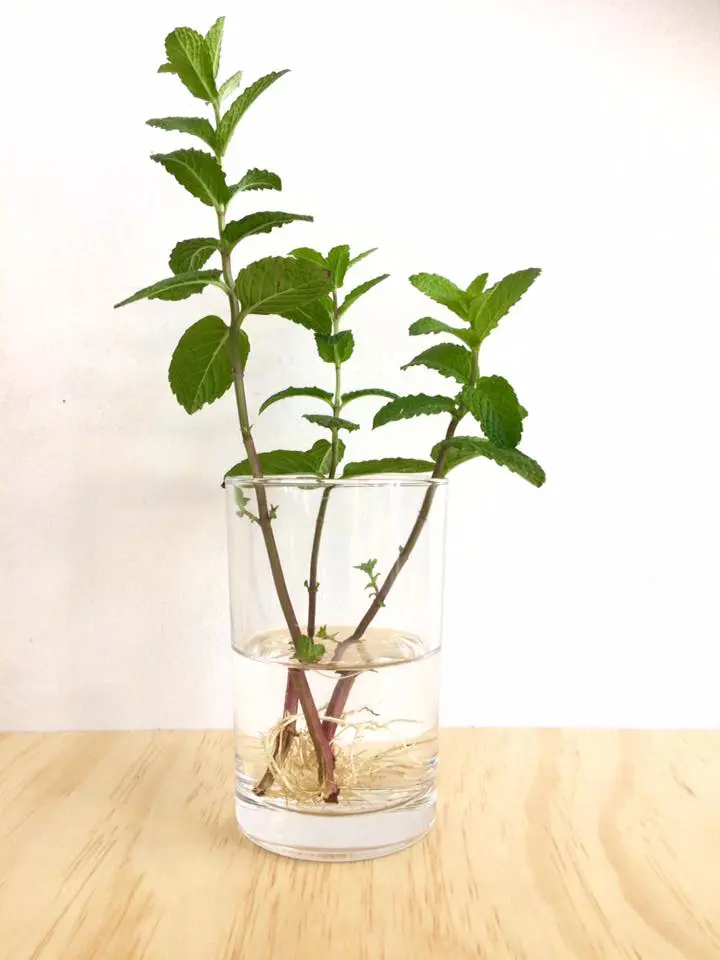
Water your mint often, especially when it's hot outside. Make sure the soil feels damp but not excessively wet or soggy. Mint loves moisture, so check the soil by poking your finger in. If it feels dry, give it a good watering. Keep the soil consistently a bit moist, not too dry or overly wet.
This simple care routine, like giving your mint a regular sip, helps it stay happy and healthy, ready to add a burst of flavor to your dishes. Consistent watering ensures your mint thrives, maintaining the ideal conditions for robust growth and vibrant taste in your home garden.
8. Fertilize Occasionally

To fertilize your mint, apply a balanced, all-purpose fertilizer in the spring when new growth appears. Spread it around the base of the plants, ensuring even coverage, and then water well. Repeat this process every 4-6 weeks throughout the growing season. Be mindful not to overdo it, as mint doesn't require excessive nutrients.
If the leaves start looking pale or growth slows, it's a sign they might be hungry. Remember, a little goes a long way with mint. Regular, light feedings keep your herb healthy, promoting vigorous growth and tasty leaves. Just watch your plant flourish with a little care and the right nutrients!
9. Prune For Bushier Growth

To encourage bushier growth, prune your mint regularly. Aim to prune when the plant is about 4-6 inches tall, typically in early spring. Using scissors or shears, snip the tips of the stems, about one-third of the plant's height. This prompts branching and denser foliage. Remove any yellow or damaged leaves.
Repeat this process every 1-2 months during the growing season. Avoid cutting too much at once as excessive pruning can stress the plant. Pruning not only maintains a more compact shape but also stimulates fresh growth, providing you with a more abundant and flourishing mint for various culinary uses.
10. Harvest Wisely
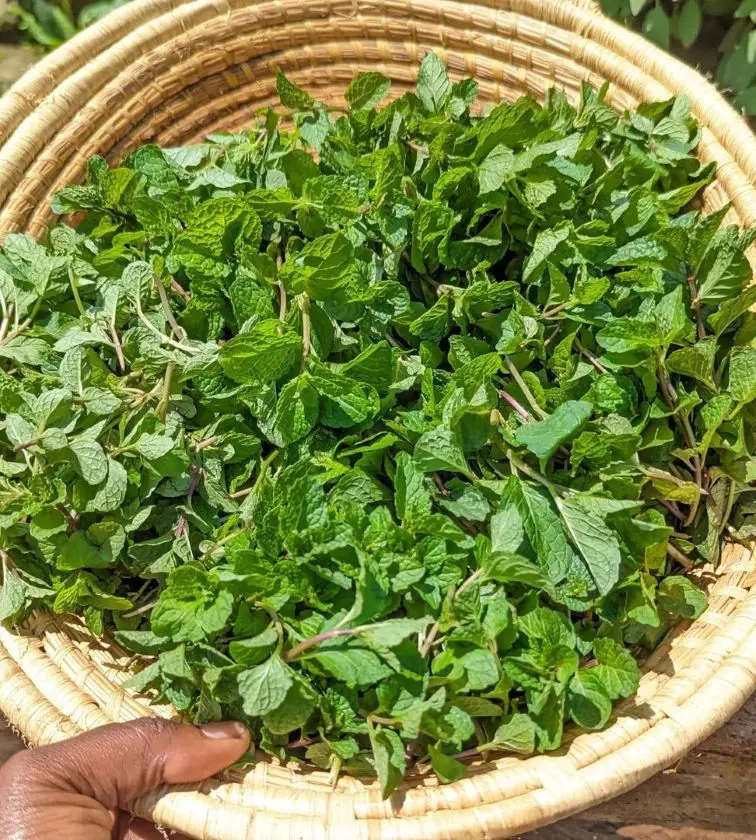
Choose the right time by waiting until the plant is about 6-8 inches tall, usually in the morning when the oils that give mint its flavor are more concentrated. To harvest, gently snip the top leaves, leaving at least a third of the plant intact to allow for continued growth.
Just like in pruning, use scissors or your fingers to avoid damaging the stems. Frequently harvesting, especially before the plant flowers, promotes better leaf production. Harvesting wisely not only gives you flavorful mint for cooking or tea but also encourages a healthier and more productive plant.
Recent posts
How To Grow
How To Grow
How To Plant, Grow And Harvest Corn All By Yourself
Growing your popcorn or sweet corn at home garden can seem like an interesting idea. However, it requires a large amount of space to grow as it is a tall plant that needs plenty of room to spread out. But, if you want to enjoy freshly popped po...
How To Grow
How To Plant, Grow And Care Cucumbers
Growing cucumbers is like going on a fun journey where you get to plant and pick your very own crunchy veggies. It's not just about having tasty cucumbers, it's also about the joy of seeing your plants grow. Whether you have a big garden or a small b...
